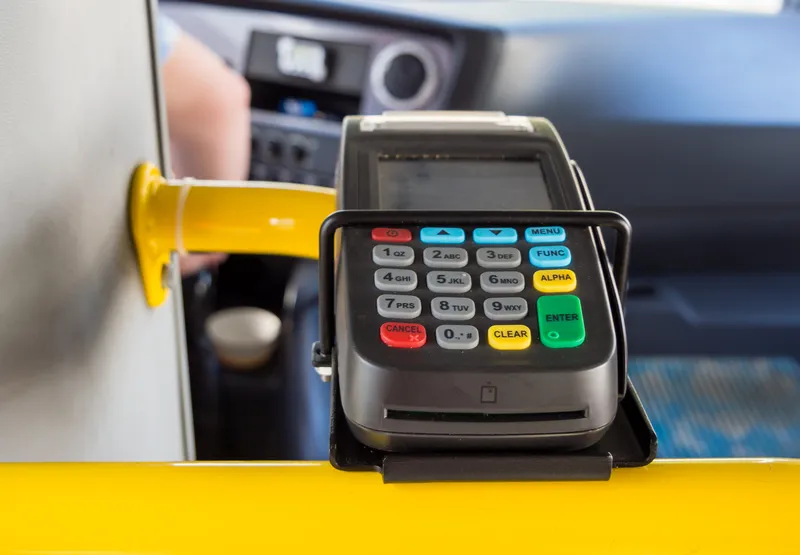
Cubic’s Andy Taylor considers the growing need for partnerships in the transportation sector.
At the end of June, The Guardian newspaper in the UK broke a game-changing transport story – Sidewalk Labs, a secretive subsidiary of Alphabet, Google’s parent company, is working on a project that aims to radically overhaul parking and transportation in American cities. Although still in its infancy, the project aims to integrate information and payment for almost every form of transport into Google Maps. Through a planned collaboration with local authorities, governments and other transport providers, the scheme would enable citizens to choose from a hybrid of public/private transit options and would greatly improve mobility in cities.
The news highlights one fact very starkly - mobility challenges faced by cities in the 21st century can only be solved through partnership. This was evident during the two recent ITS conferences (ITS Europe in Glasgow and ITS America in San Jose). Partnerships between governments, transport authorities and across a range of public and private entities are the future of public transportation in urban areas. These partnerships need to focus on continuously innovative solutions to address evolving challenges and the imaginative application of existing and emerging technologies. The growth of the Internet of Things – a world of truly awesome global inter-connections – is one of the key forces behind the growing number of technology partnerships that enable old problems to be addressed in a completely new way.
A good example of how such partnership approaches are already yielding dividends came at the ITS European Congress in Glasgow held at the beginning of June, where
Partnering and cooperation can also have a significant impact on improving mobility. This has been demonstrated by the successful trial of Cubic’s NextAgent virtual ticket office in partnership with train operator Abellio at Stansted airport in London. The system is also being trialled by Essener Verkehrs-AG, the train, metro, tram and bus operator in Essen, Germany. Offering all the functionality of a regular ticket office, but using a video link instead of an on-site operator, NextAgent has proved a hit with both the public and Abellio, with 91% of users at Stansted saying they would do so again, and 93% saying the experience was as good as or better than using a traditional ticket office.
Indeed, NextAgent itself, is a result of a partnership between Cubic and
NextAgent is an example of innovative technology that marries convenience with efficiency. It eases congestion around ticket issuing facilities, provides people with more information and guidance to reduce confusion (which causes delays in a crowded space) and improves mobility services for citizens. It aims to provide passengers with all the benefits of a traditional walk-up ticket office with the added bonus of a live video-link to connect them to an Abellio Greater Anglia (the local rail franchise) ticketing expert. The integrated camera can be used for document validation if needed and as the video call works two ways, it helps the ticket agent convey information to passengers. For instance, during a conversation between the customer service agent and the passenger, the NextAgent video link can be used to display information such as maps and time tables, indicating the arrival of the next train.
Agents can also speak multiple languages, which means they can deal with tourist queries without any communication issues. The video link can be incorporated into the overall CCTV infrastructure if desired by the operator – thus contributing to improved security at stations.
As the average duration of a NextAgent query is just under a minute, the virtual ticket office can cope with 60 or more transactions an hour. It also means some ticket agents can be transferred to platforms in order to improve staff visibility at stations and to maintain that all-important feature of the public transport system - human contact. The virtual ticket works well on a decent broadband line and even on a cellular mobile 3G connection, making it suitable for stations where fixed line communication can be a challenge. The technology is ready for a commercial roll-out and negotiations are already underway for two pilot projects. Potential buyers have emerged around the world.
Two other instances illustrate the drive towards partnership. Working with
And most recently, a licence agreement has been concluded with Transport for London which will enable Cubic to offer London’s contactless ticketing technology to other cities around the world.
There’s no doubt that smart partnerships are the future of transport technology - the success of the trials and the clear benefits coming from this cooperation bodes well for the future of innovation in the ITS industry.
- ABOUT THE AUTHOR: Andy Taylor, director of strategy, Cubic Transportation Systems









